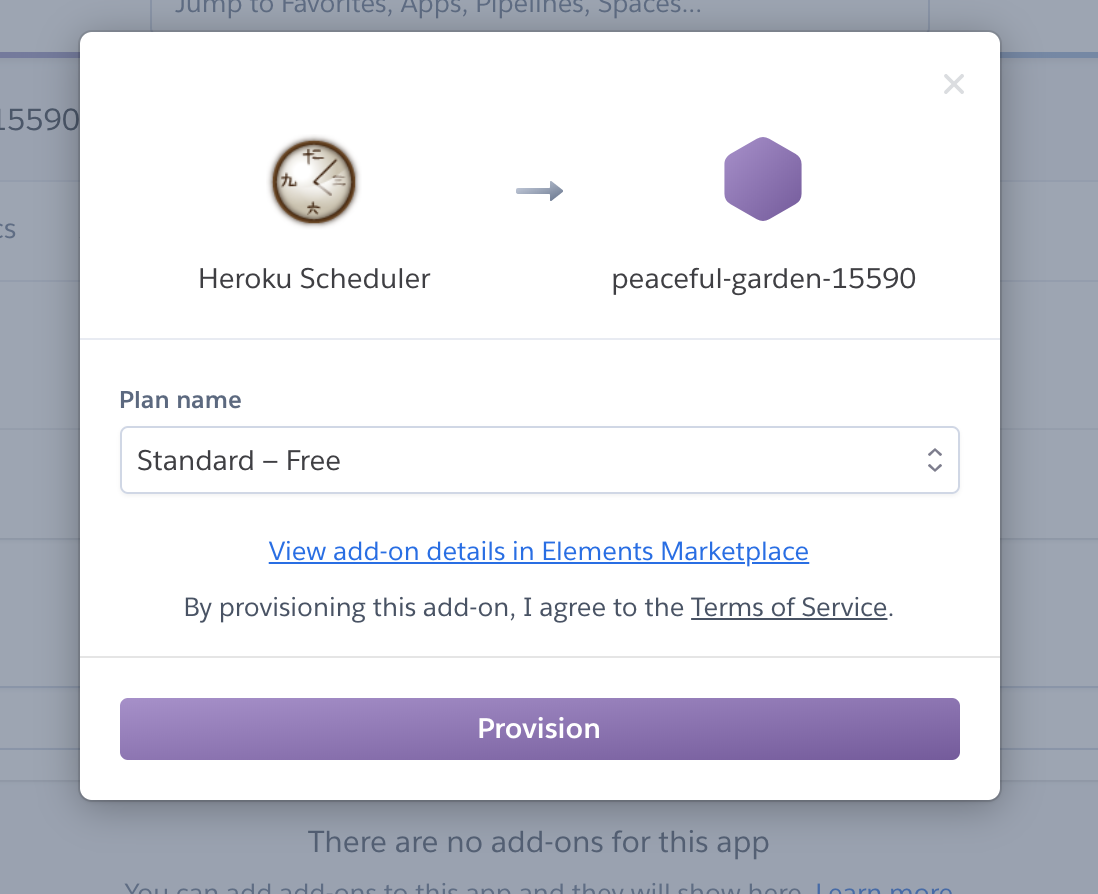[vagrant@localhost rails]$ gem install pg -v ‘1.1.4’
Building native extensions. This could take a while…
ERROR: Error installing pg:
ERROR: Failed to build gem native extension.
current directory: /home/vagrant/.rbenv/versions/2.3.1/lib/ruby/gems/2.3.0/gems/pg-1.1.4/ext
/home/vagrant/.rbenv/versions/2.3.1/bin/ruby -I /home/vagrant/.rbenv/versions/2.3.1/lib/ruby/site_ruby/2.3.0 -r ./siteconf20190809-24267-2gatu1.rb extconf.rb
checking for pg_config… no
No pg_config… trying anyway. If building fails, please try again with
–with-pg-config=/path/to/pg_config
checking for libpq-fe.h… no
Can’t find the ‘libpq-fe.h header
*** extconf.rb failed ***
Could not create Makefile due to some reason, probably lack of necessary
libraries and/or headers. Check the mkmf.log file for more details. You may
need configuration options.
Provided configuration options:
–with-opt-dir
–without-opt-dir
–with-opt-include
–without-opt-include=${opt-dir}/include
–with-opt-lib
–without-opt-lib=${opt-dir}/lib
–with-make-prog
–without-make-prog
–srcdir=.
–curdir
–ruby=/home/vagrant/.rbenv/versions/2.3.1/bin/$(RUBY_BASE_NAME)
–with-pg
–without-pg
–enable-windows-cross
–disable-windows-cross
–with-pg-config
–without-pg-config
–with-pg_config
–without-pg_config
–with-pg-dir
–without-pg-dir
–with-pg-include
–without-pg-include=${pg-dir}/include
–with-pg-lib
–without-pg-lib=${pg-dir}/lib
To see why this extension failed to compile, please check the mkmf.log which can be found here:
/home/vagrant/.rbenv/versions/2.3.1/lib/ruby/gems/2.3.0/extensions/x86_64-linux/2.3.0-static/pg-1.1.4/mkmf.log
extconf failed, exit code 1
Gem files will remain installed in /home/vagrant/.rbenv/versions/2.3.1/lib/ruby/gems/2.3.0/gems/pg-1.1.4 for inspection.
Results logged to /home/vagrant/.rbenv/versions/2.3.1/lib/ruby/gems/2.3.0/extensions/x86_64-linux/2.3.0-static/pg-1.1.4/gem_make.out
[vagrant@localhost rails]$ find ~/.rbenv | grep mkmf.log
/home/vagrant/.rbenv/versions/2.3.1/lib/ruby/gems/2.3.0/extensions/x86_64-linux/2.3.0-static/msgpack-1.3.1/mkmf.log
/home/vagrant/.rbenv/versions/2.3.1/lib/ruby/gems/2.3.0/extensions/x86_64-linux/2.3.0-static/pg-1.1.4/mkmf.log
/home/vagrant/.rbenv/versions/2.3.1/lib/ruby/gems/2.3.0/extensions/x86_64-linux/2.3.0-static/nio4r-2.4.0/mkmf.log
/home/vagrant/.rbenv/versions/2.3.1/lib/ruby/gems/2.3.0/extensions/x86_64-linux/2.3.0-static/ffi-1.11.1/mkmf.log
/home/vagrant/.rbenv/versions/2.3.1/lib/ruby/gems/2.3.0/extensions/x86_64-linux/2.3.0-static/nokogiri-1.10.3/mkmf.log
[vagrant@localhost rails]$ cat /home/vagrant/.rbenv/versions/2.3.1/lib/ruby/gems/2.3.0/extensions/x86_64-linux/2.3.0-static/pg-1.1.4/mkmf.log
find_executable: checking for pg_config… ——————– no
——————–
find_header: checking for libpq-fe.h… ——————– no
“gcc -o conftest -I/home/vagrant/.rbenv/versions/2.3.1/include/ruby-2.3.0/x86_64-linux -I/home/vagrant/.rbenv/versions/2.3.1/include/ruby-2.3.0/ruby/backward -I/home/vagrant/.rbenv/versions/2.3.1/include/ruby-2.3.0 -I. -I/home/vagrant/.rbenv/versions/2.3.1/include -O3 -fno-fast-math -ggdb3 -Wall -Wextra -Wno-unused-parameter -Wno-parentheses -Wno-long-long -Wno-missing-field-initializers -Wunused-variable -Wpointer-arith -Wwrite-strings -Wdeclaration-after-statement -Wimplicit-function-declaration -Wdeprecated-declarations -Wno-packed-bitfield-compat conftest.c -L. -L/home/vagrant/.rbenv/versions/2.3.1/lib -Wl,-R/home/vagrant/.rbenv/versions/2.3.1/lib -L. -L/home/vagrant/.rbenv/versions/2.3.1/lib -fstack-protector -rdynamic -Wl,-export-dynamic -Wl,-R/home/vagrant/.rbenv/versions/2.3.1/lib -L/home/vagrant/.rbenv/versions/2.3.1/lib -lruby-static -lpthread -lrt -ldl -lcrypt -lm -lc”
checked program was:
/* begin */
1: #include “ruby.h”
2:
3: int main(int argc, char **argv)
4: {
5: return 0;
6: }
/* end */
“gcc -E -I/home/vagrant/.rbenv/versions/2.3.1/include/ruby-2.3.0/x86_64-linux -I/home/vagrant/.rbenv/versions/2.3.1/include/ruby-2.3.0/ruby/backward -I/home/vagrant/.rbenv/versions/2.3.1/include/ruby-2.3.0 -I. -I/home/vagrant/.rbenv/versions/2.3.1/include -O3 -fno-fast-math -ggdb3 -Wall -Wextra -Wno-unused-parameter -Wno-parentheses -Wno-long-long -Wno-missing-field-initializers -Wunused-variable -Wpointer-arith -Wwrite-strings -Wdeclaration-after-statement -Wimplicit-function-declaration -Wdeprecated-declarations -Wno-packed-bitfield-compat conftest.c -o conftest.i”
conftest.c:3:22: error: libpq-fe.h: そのようなファイルやディレクトリはありません
checked program was:
/* begin */
1: #include “ruby.h”
2:
3: #include
/* end */
——————–
え?



